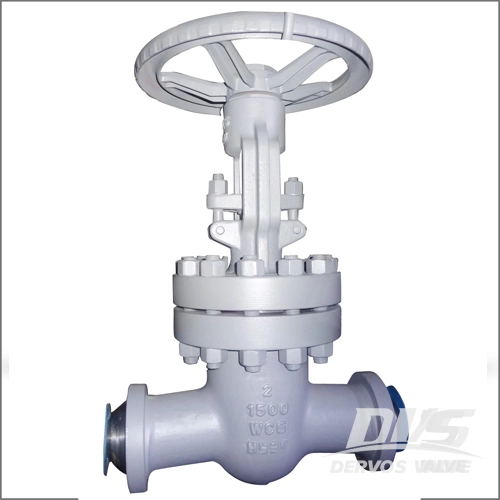A. Several common causes of oxygen pipeline and valve combustion explosion
1. There are frictions between the rust, dust, welding slag in the pipe and the inner wall or the valve mouth produce high temperature and then causes combustion.
2. There are materials with low flammable points, such as grease and rubber, in the pipe or valve, will be easily ignited at high temperature.
Flammability of several combustibles in oxygen (atmospheric pressure) :
Combustible Ignition(℃)
Lubrication 273~305
Vulcanized fiber mat 304
Rubber 130~170
Viton 474
PTFE 507
3. The heat produced by adiabatic compression causes combustible combustion.
4. The ignition point of combustible material in high pressure pure oxygen will be lower is an inducement of oxygen pipeline valve combustion.
B. Precautionary Measures
1. The design shall comply with relevant regulations and standards.
(1) The maximum flow rate of oxygen in the carbon steel tube should be in accordance with the following table.
Maximum flow rate of oxygen in carbon steel tube:
Working Pressure(MPa) ≤0.1 0.1~0.6 0.6~1.6 1.6~3.0
Flow rate(m/s) 20 13 10 8
(2)A nipple with length of not less than 5 times of its diameter should be connected to the oxygen valve , in order to prevent fire.
(3)The oxygen pipe should be equipped with less elbow and bifurcation head. When the working pressure is higher than 0.1mpa, oxygen pipe elbow should be made by pressing the valve type flange. The airflow direction of bifurcation head, shall be of 45 ° to 60 ° with the main airflow direction.
(4)O ring made of copper wire is a reliable sealing of butt weld flange.
(5)Oxygen tube should have good conductive device, grounding resistance should be less than 10 Ω, flange resistance should be less than 0.03Ω.
2. Installation Notes
(1)Any contact with oxygen should be strictly degreased, with dry air or nitrogen purging without oil.
(2)Argon arc welding or arc welding shall be used for welding.
3. Operation Cautions
(1)To open and close the oxygen valves slowing.
(2)Forbidden to blow the pipe or to test the leakage or pressure with oxygen.
(3)For oxygen valve over DN70 is not allow to be operated when the pressure difference is over 0.3MPa.
4. Maintenance Notes.
(1)The oxygen pipeline should be regularly checked and maintained. Rust removing and painting should be done every 3-5 years.
(2)The safety valve and pressure gauge on the pipeline should be checked regularly, once a year.
(3)Improve the grounding device.
(4)Before the fire operation, the replacement should be carried out, blowing, and the oxygen content in the gas should be up to 18% ~ 23%.。
(5)The selection of valves, flanges, gaskets and pipes and fittings shall be in accordance with the relevant provisions of the Technical Code for the Safety of Oxygen and Gas (GB16912-1997).
(6)Set up technical files, training operation, maintenance and maintenance personnel.
Summary
Gate vales are forbidden to be used in oxygen pipelines because when open and close the gate valve, metal powder will be produced and it is a huge risk of combustion. And in fact, globe valves are forbidden to be used either for the same reason. By experience,copper based alloy valves are adopted instead of carbon steel and stainless steel valves.

Next: Soldering and Silver Brazing
Previous: Nov.27th-30th 2012 OSEA
